Liver cancer is unfortunately a silent pathology that is often diagnosed late: the experience of Corm delle Marche, a structure of excellence that focuses on multidisciplinarity
Published:19-04-2024 19:17
Last update:19-04-2024 19:23
ANCONA – A silent pathologywhich often arises within other liver diseases, and whose diagnosis is often late. Yet hepatocellular carcinoma is one of the most aggressive tumors and one of the leading causes of cancer deaths in the world. Therefore, due to its complexity, patient care must be guided by a multidisciplinary team, in excellent structures, such as the Corm delle Marche, which work in synergy from the moment of diagnosis, so as to identify the best possible treatment and guarantee access to the best diagnosis and treatment paths. All issues at the center of the stage in Ancona on Friday 19 April of the “United and Close to Patients with Hepatocellular Carcinoma” Roadshow promoted, in conjunction with World Liver Day, by Roche with the patronage of Epac Ets, the most important national patients’ association with liver disease. And on this occasion, also from the Municipality of Ancona and the Marcangola association which brings together 40 voluntary associations active in the oncology field in the Marche region.
For the sixth of a cycle of appointments on the national territory, the various experts of the multidisciplinary team of the University Hospital of the Marche will have the opportunity to illustrate its activity as a point of reference not only for the region, but also for many patients in the Center-South. Last year, over 300 patients with liver lesions were evaluated in the hospital, 30% of whom came from outside the region. The meeting was opened by the councilor for social and health policies of the Municipality of Ancona Manuela Caucci, for whom “there can be no healthcare without social and social without healthcare, the two worlds are intertwined and as an administration we do everything possible to collaborate”.
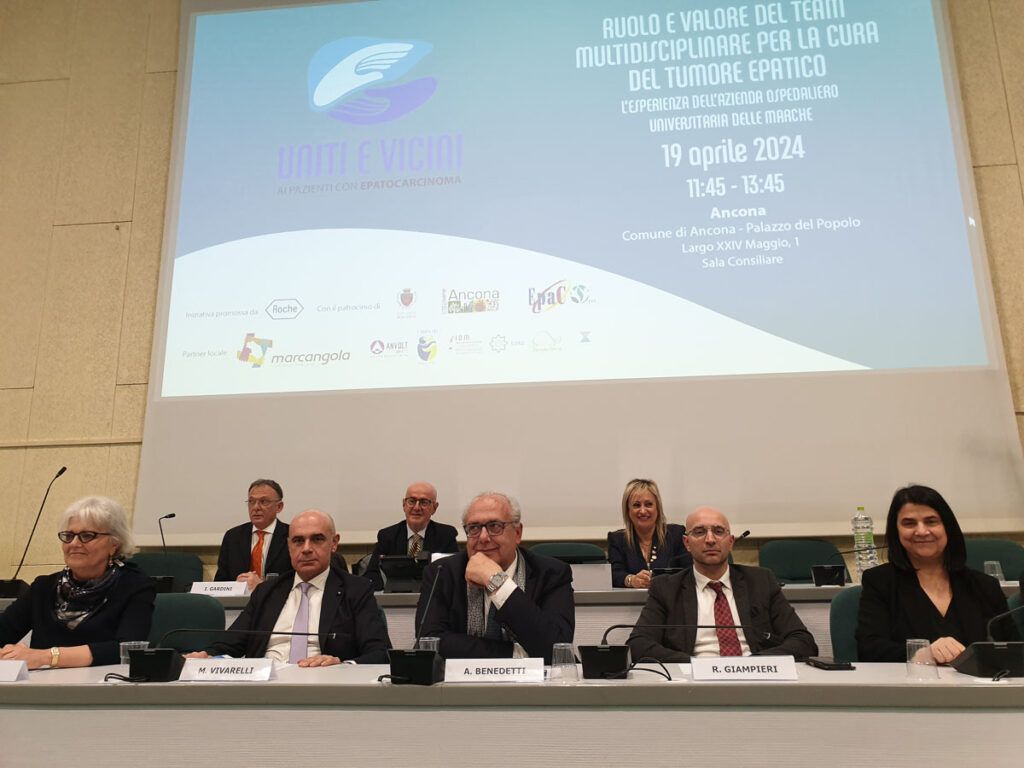
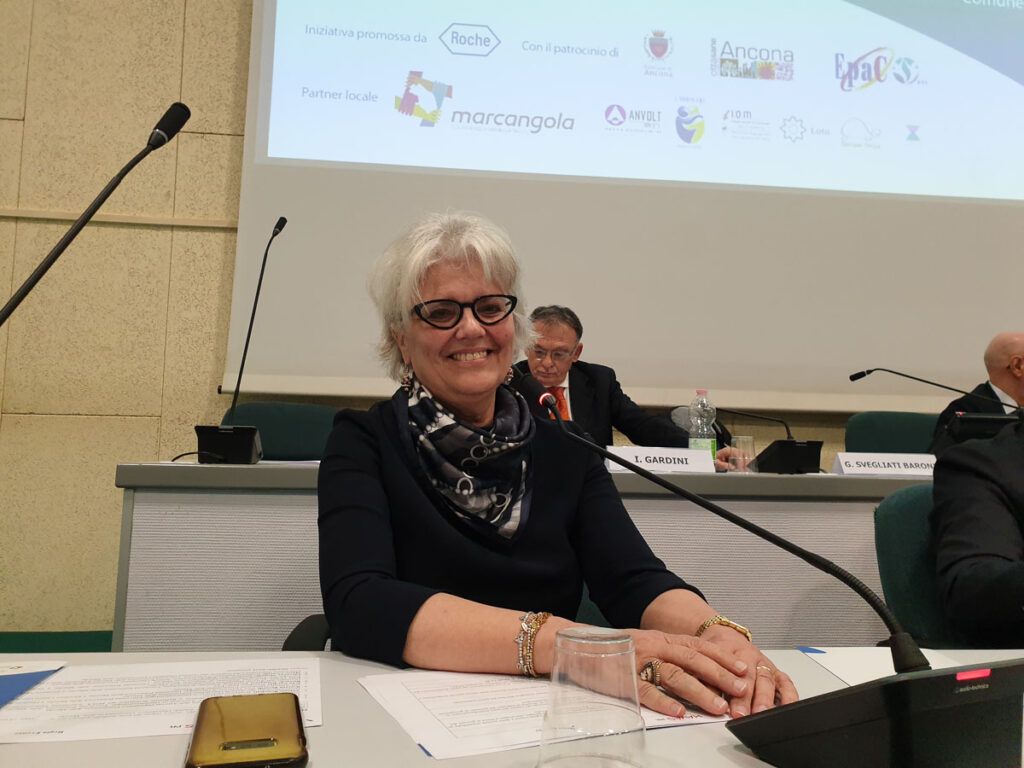

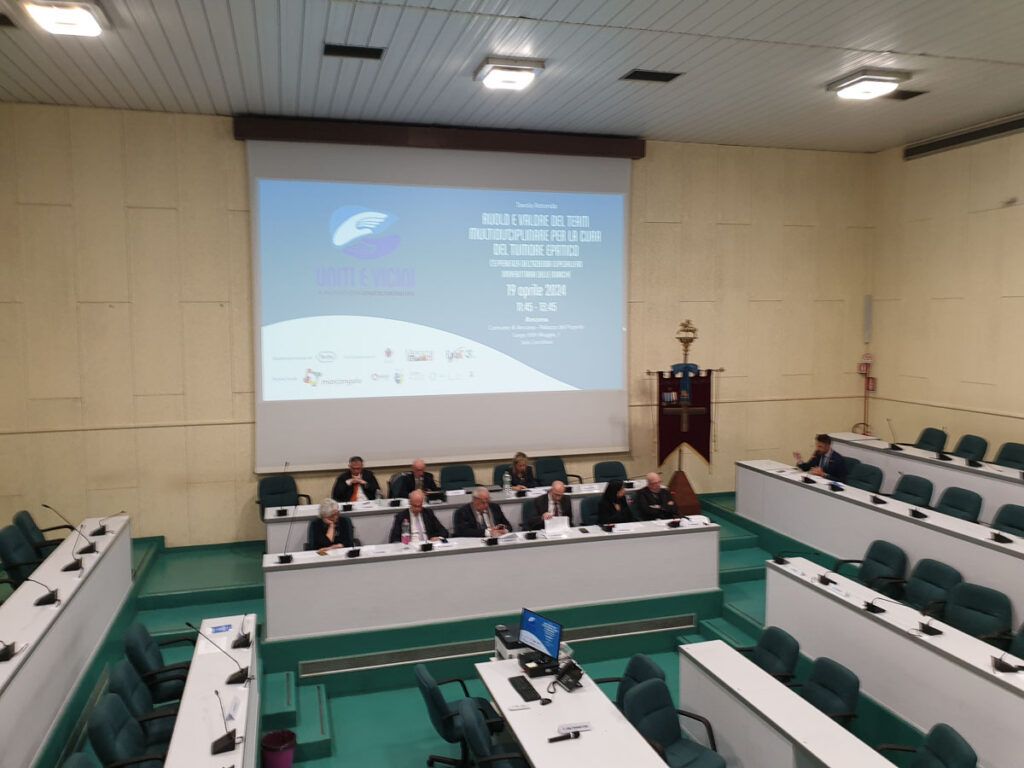
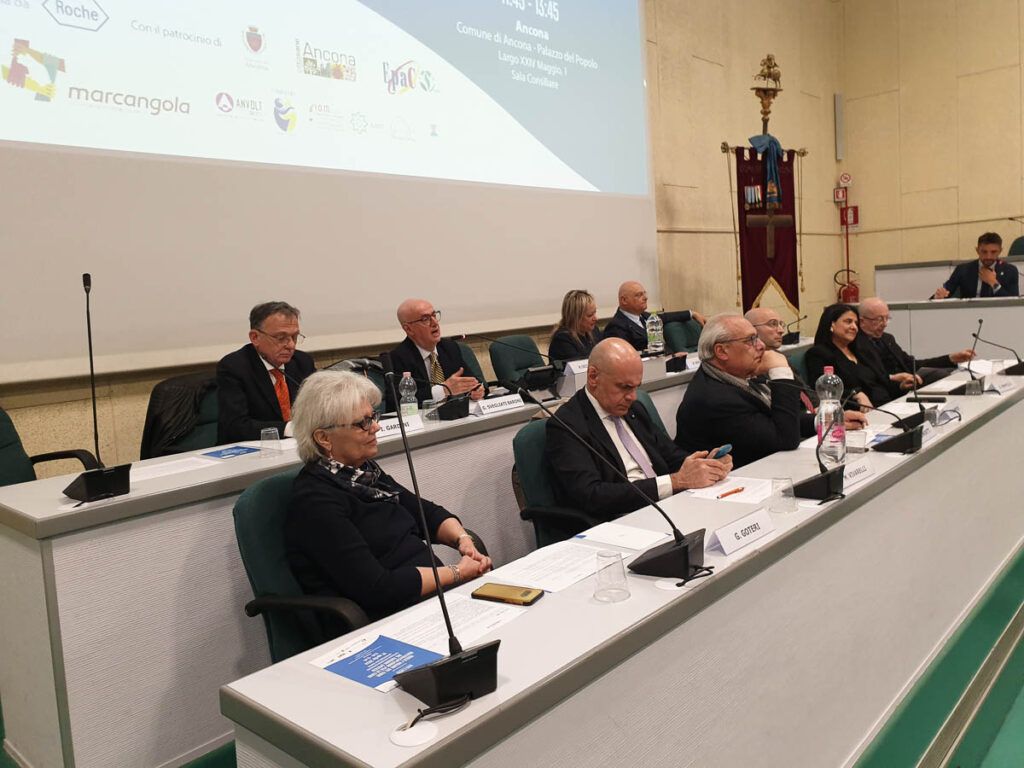



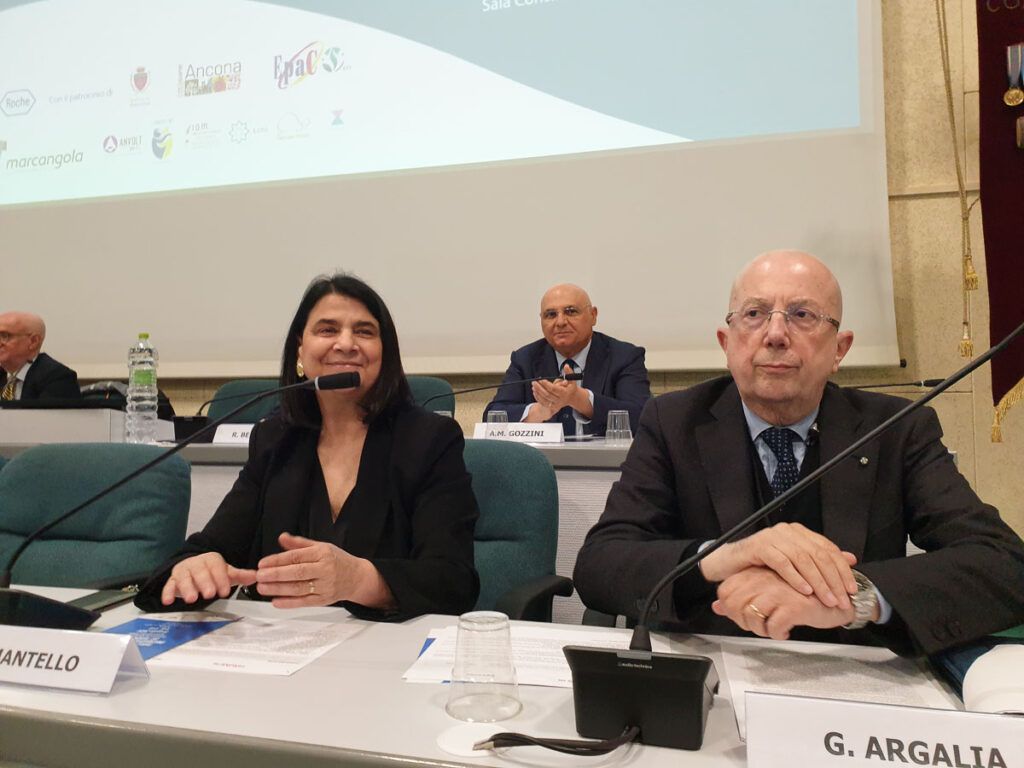
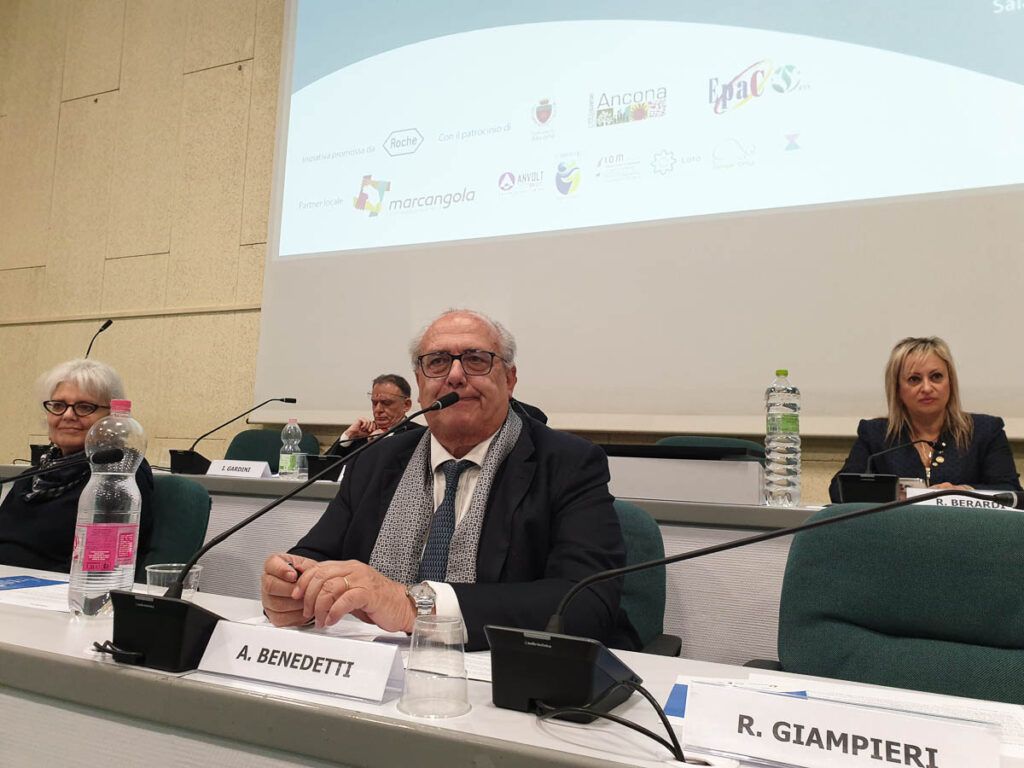
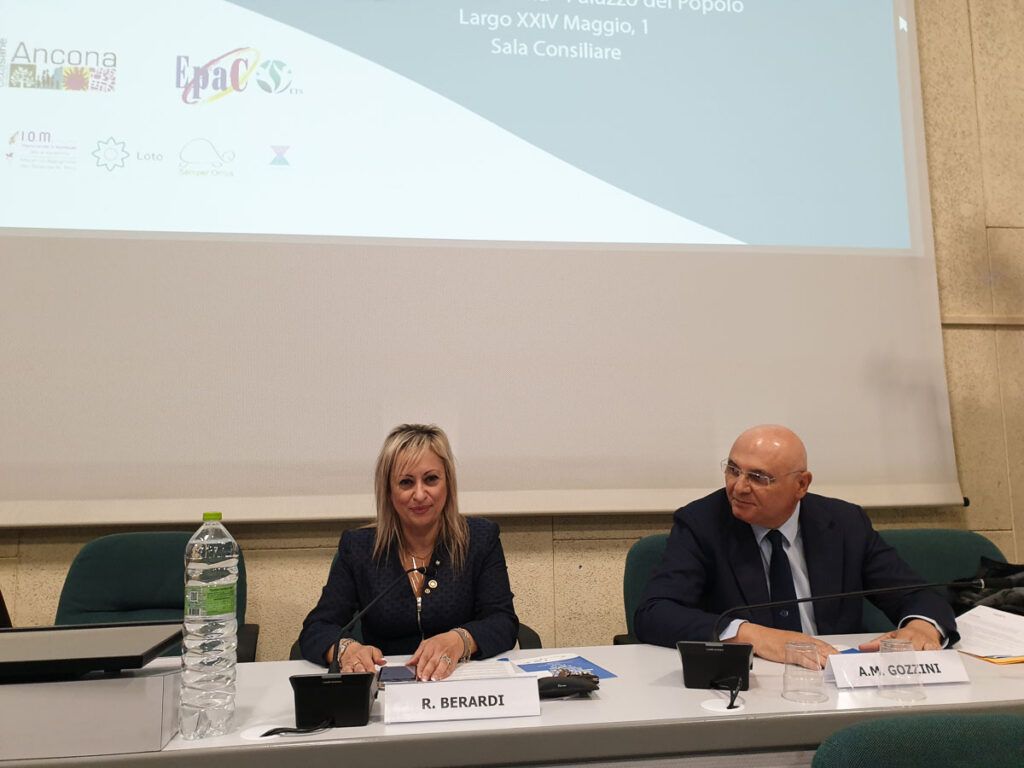


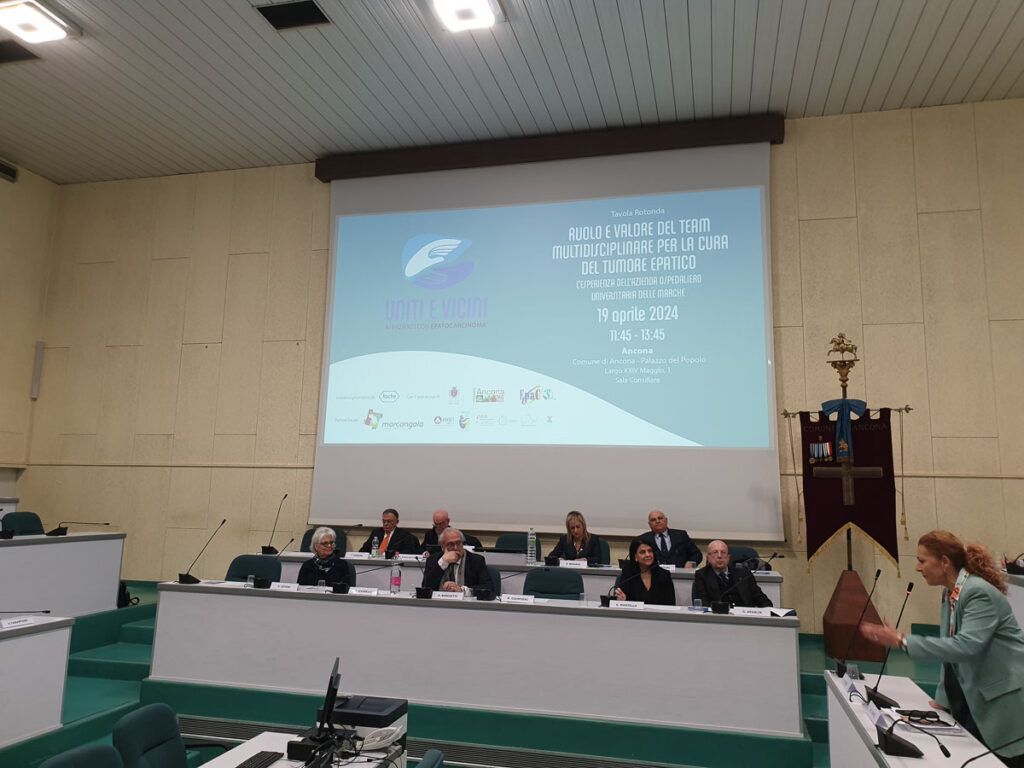
Soon, he announces, the protocol for opening the Angelini farmhouse will be ready. The president of the municipal council Simone Pizzi points out that “the university hospital makes its potential and commitment available to everyone”. Rossana Berardi, full professor of Oncology and oncology clinical director of the Polytechnic University of Marche, gets to the heart of things starting from national data: There are 12,200 new diagnoses of hepatocellular carcinoma per year and behind these numbers “there are people and families who need a multidisciplinary path which in Ancona is made available to all patients in the region, but also outside the region”. In particular, he continues, “in the context of Corm, the Oncology Research Center of the Marche, the PDTAs, the diagnostic therapeutic care paths for cancer patients find their maximum vigor and their maximum expression, also with the use of technology and therefore of IT infrastructure that allows us to better manage patients’ critical issues and access to the hospital facility”. The pathology, he continues, is experiencing “a moment of great turmoil: traditional and very important treatments, such as surgery and locoregional therapies, are flanked innovative therapies, biological drugs, monoclonal antibodies, immunotherapy, which represent an important frontier for the treatment of hepatocellular carcinoma”. The “key words – he concludes – are timeliness and coordination”.
Gianluca Svegliati Baroni, head of the Liver Damage and Transplants operational unit of the Marche University Hospital, is of the same opinion: “Hepatocellular carcinoma– observe- It is the main primary tumor of the liver and generally arises in a cirrhotic liver or with advanced fibrology.”
For this reason, multidisciplinary teams were created with the simultaneous presence of many specialists, the radiologist, the surgeon, the oncologist, often coordinated by the pathologist who managed the patient over the years until the tumor appeared. “About survival– continues- the numbers are discouragingthe five-year ones are at 20%, but when the diagnosis is early and the disease can be tackled quickly, healing is very often within reach.” Of course, “the patient must be followed in a multidisciplinary manner with the aim of surgery important or of the liver transplant, perhaps preceded by other so-called locoregional treatments, to allow the patient to receive the transplant”. In Ancona there are all the therapeutic options, “a great advantage for the patients taken care of”.
Associations such as Epac Ets also lend a hand to them: the president Ivan Gardini reports a recent survey conducted on 150 patients with current or previous cancer, highlighting that “it is worrying, that for a complete diagnosis, patients in 63% of cases visit one or more facilities before arriving at the one that treats them. In this way, precious time is wasted because the tumor doesn’t wait.” Life expectancies are in fact “proportional to how long a person manages to get to the right structure that can take care of them at 360 degrees and have the most correct diagnosis and the most appropriate treatment”. It is therefore necessary, he concludes, “to create quick paths that lead from the family doctor directly to the most appropriate structure for the treatment of that specific tumor”.
During the round table, the general director of the University Hospital Marco Armando Gozzini highlights that “without a team you can’t go anywhere. Multidisciplinarity and multispecialism are fundamental.”
While the head of Radiology Giulio Argalia clarifies on the one hand that waiting lists are a “national problem“, on the other hand that “the methods must be used on the right people and in the right structures”. Radiotherapy oncology colleague Giovanna Mantello illustrates the improvements introduced by stereotactic radiotherapy, “a beautiful therapeutic weapon”, and professor Antonio Benedetti the role of training, including post-graduate training, with the opportunities that artificial intelligence will offer.
Finally, the professor of general surgery Marco Vivarelli highlights that for hepatocarcinoma on cirrhosis liver transplant is “the most effective treatment but cannot be offered to all patients due to insufficient availability of donors“. While minimally invasive surgery has “drastically” reduced the surgical risk. And “we pathologists”, concludes Gaia Goteri, “help specialists choose the best therapies. A precise diagnosis is essential to help colleagues.”
The news on the Dire website can be used and reproduced, provided that the source Agenzia DIRE and the address www.dire.it are expressly cited
Tags: VIDEO Multidisciplinary approach liver cancer Marche region leads




















